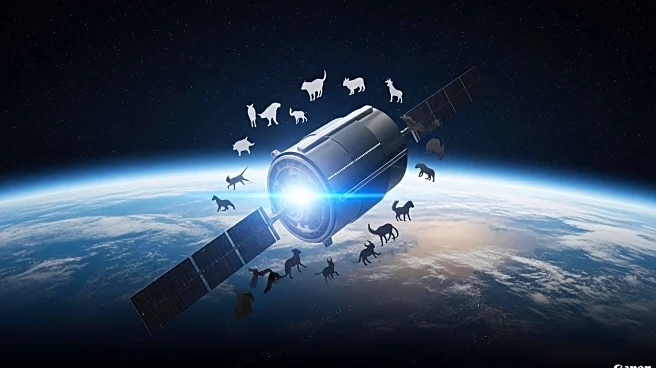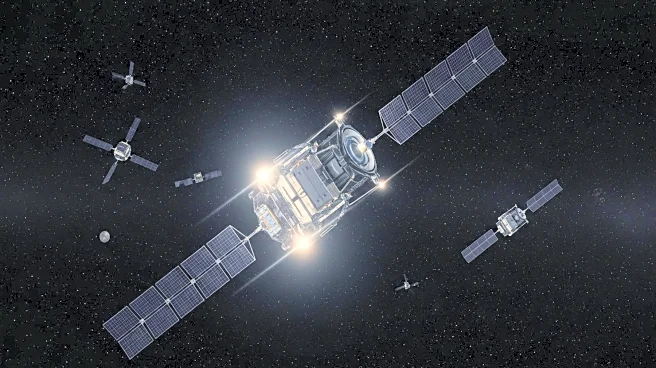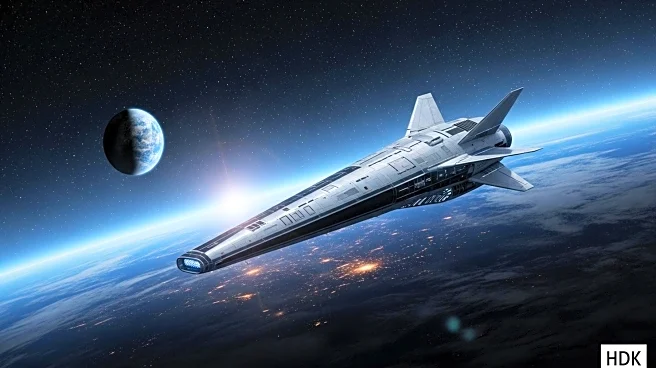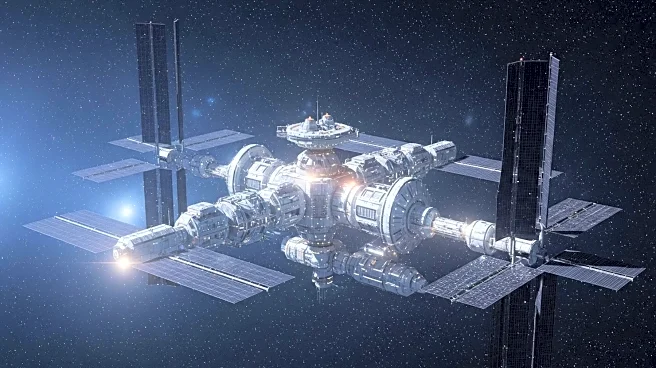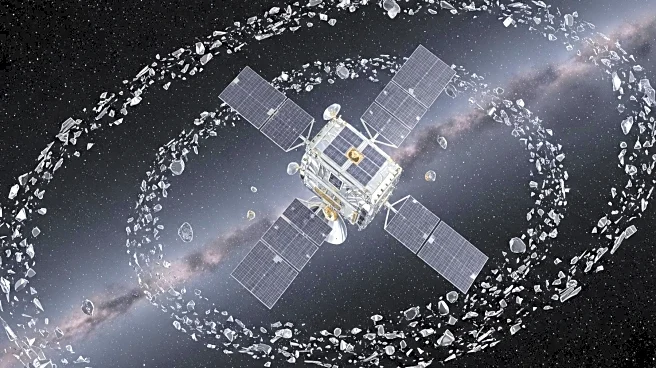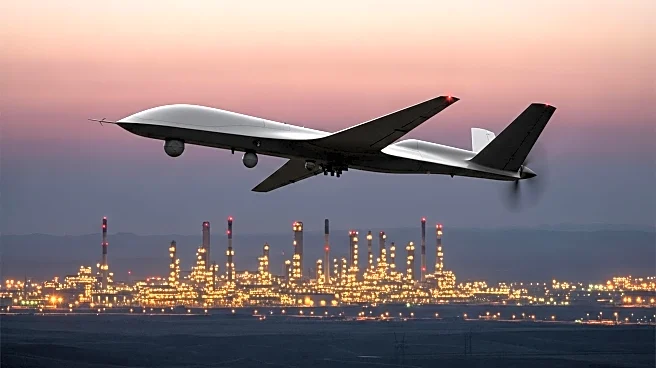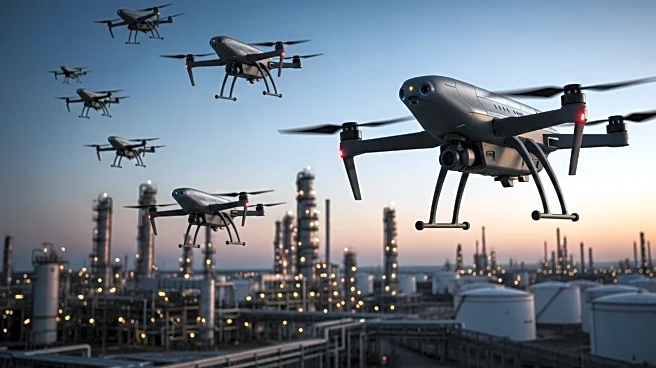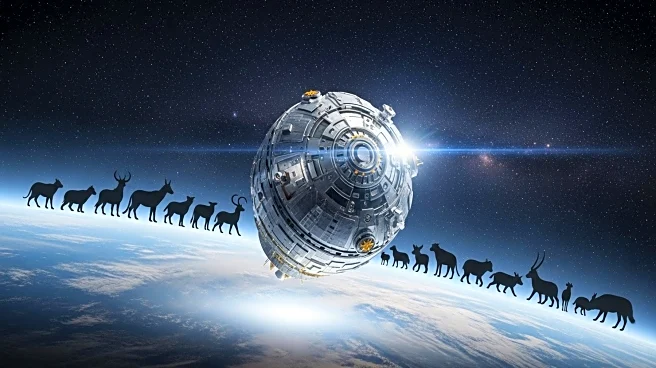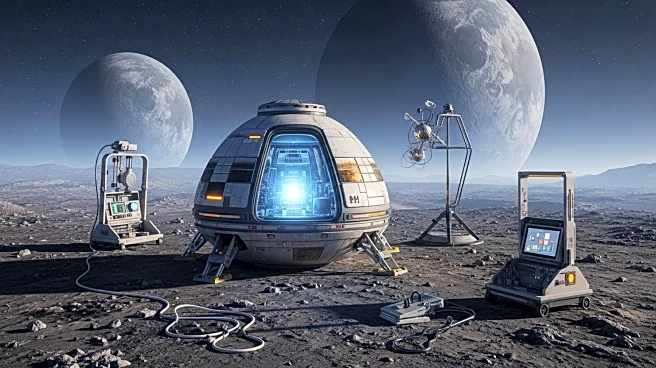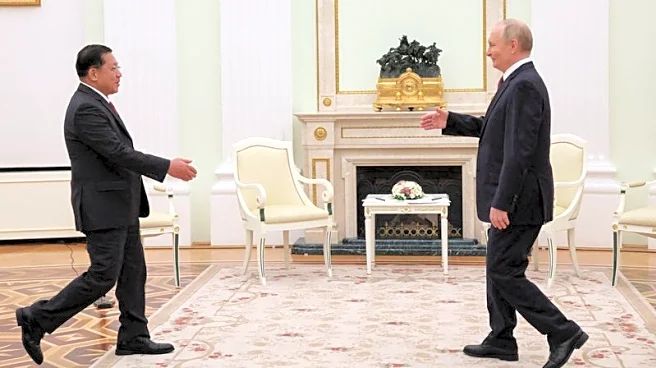What is the story about?
What's Happening?
A Russian satellite, dubbed 'Noah's Ark', has returned to Earth after a month-long space mission carrying over 1,500 animals, including mice and flies. Launched from Kazakhstan, the satellite aimed to study the effects of cosmic radiation on living organisms. The mission, part of the Bion-M No. 2 program, involved various experiments to develop technology for protecting human life during space flights. The satellite's landing in Russia's Orenburg region was not without issues, as it caused a small bushfire, which was quickly extinguished. Recovery crews have begun examining the specimens to assess the impact of space exposure.
Why It's Important?
This mission is crucial for advancing our understanding of how space conditions affect biological organisms, which is vital for future human space exploration. The data collected could lead to innovations in protecting astronauts from cosmic radiation and other space-related challenges. The experiment also contributes to the broader scientific inquiry into the origins of life and the potential for life beyond Earth. The findings may influence the design of future space missions and the development of life-support systems for long-duration space travel.
Beyond the Headlines
The mission raises ethical questions about the use of animals in space research, highlighting the need for ethical guidelines in scientific experiments. It also underscores the growing interest in space exploration and the potential for international collaboration in scientific research. The experiment's success could pave the way for more complex biological studies in space, contributing to our understanding of life sciences and the potential for human colonization of other planets.
AI Generated Content
Do you find this article useful?
